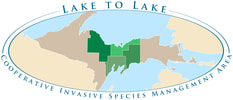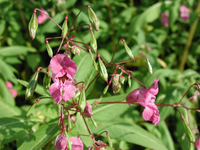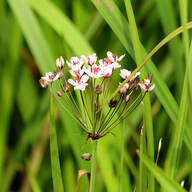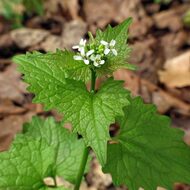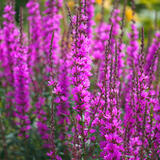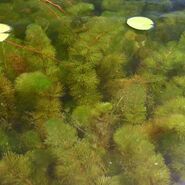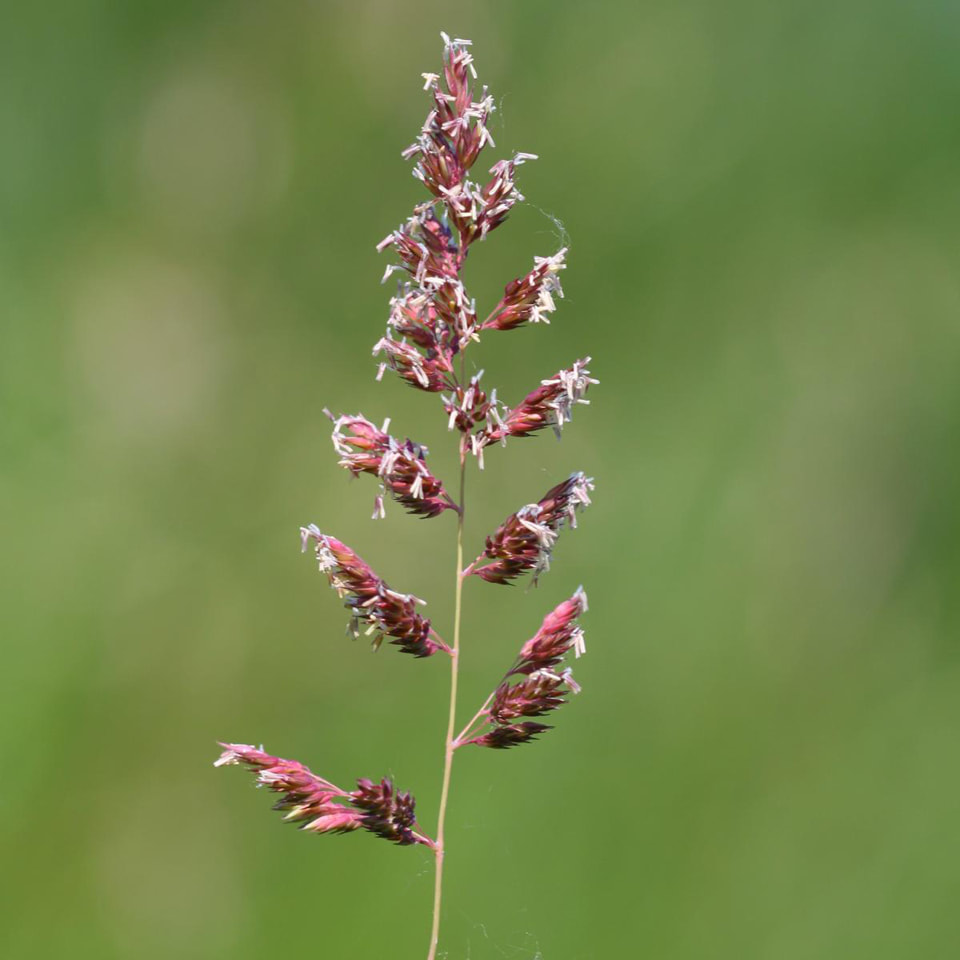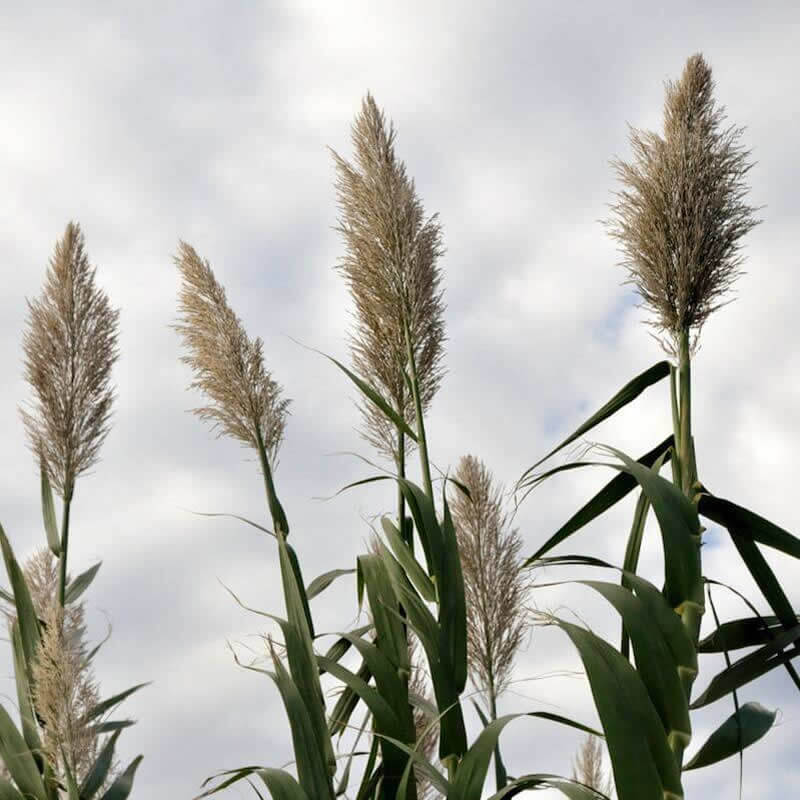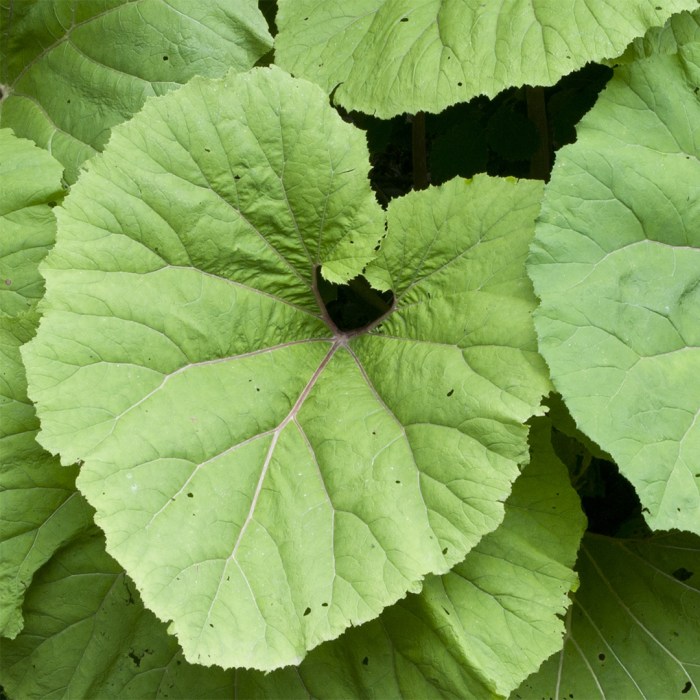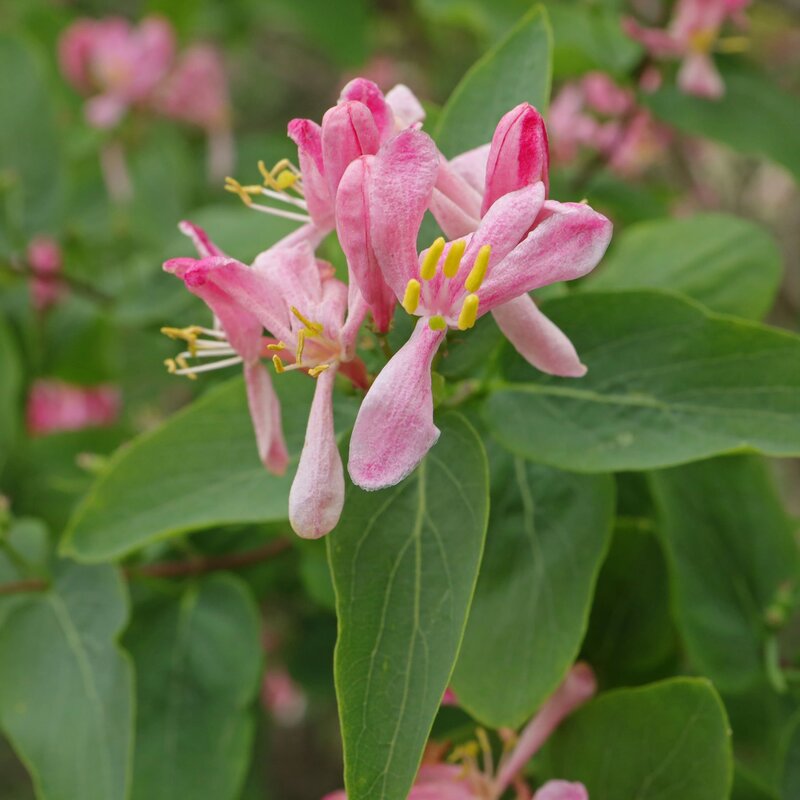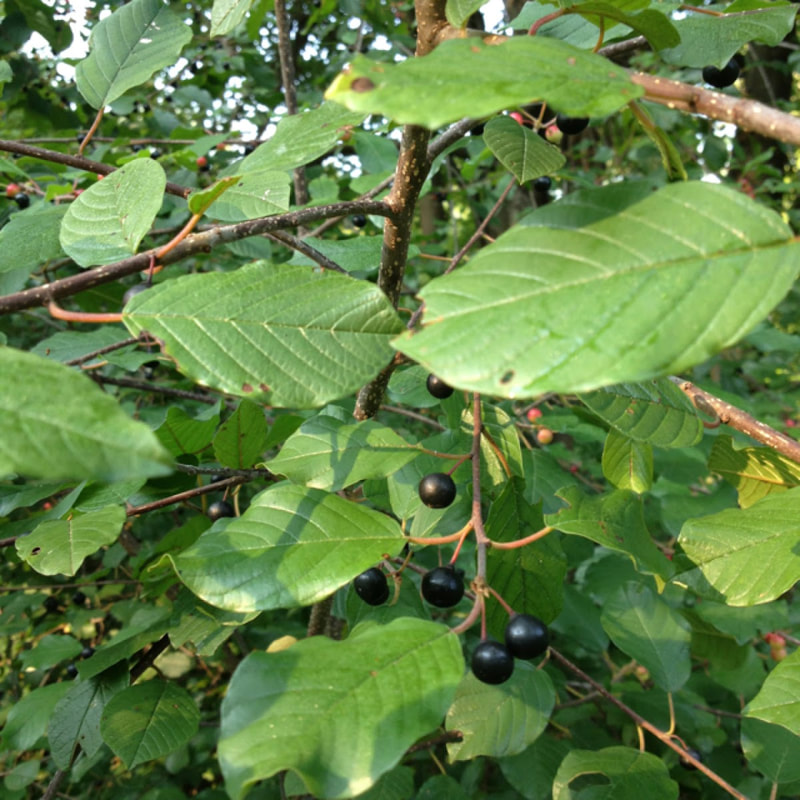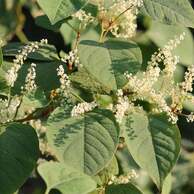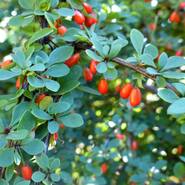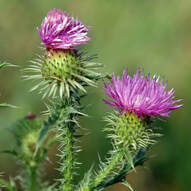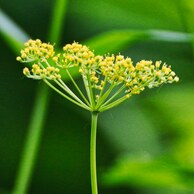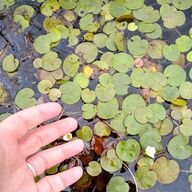What are invasive species?
|
|
Non-native Invasive Species (NNIS) are species that are introduced where they did not naturally evolve and have no natural enemies to limit their populations. The presence of invasive species can result in reduced native plant life, soil erosion, loss of wildlife habitat, and more. Invasives are most commonly introduced to an area by humans, but are sometimes spread by wildlife as well.
|
|
|
|
WHY ARE INVASIVE SPECIES A PROBLEM?
|
|
How Does L2L CISMA Combat Invasive Species?
As part of an integrated pest management system, L2L CISMA uses best management practices to combat the spread of invasive species. L2L CISMA uses methods such as Early Detection Rapid Response surveying, infestation monitoring, on the ground management activities. L2L CISMA targets species which are high-priority in Michigan, a list of said species can be found at the bottom of this page.
species of top concern
|
|
For more information on our top concern species, please follow each of the links below: |
|
NOT LOCATED IN THE CENTRAL Up? OTHER CISMAS CAN HELP!
|
|
Upper peninsula CISMAS: |
|
FULL LIST OF
|
|
|
|
|
|
|
| ||||||
|
|
|
